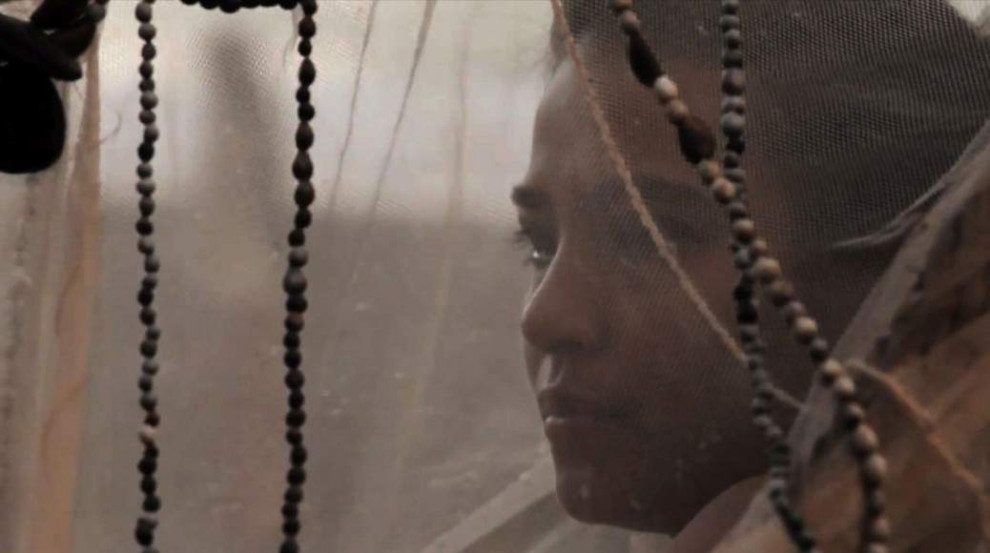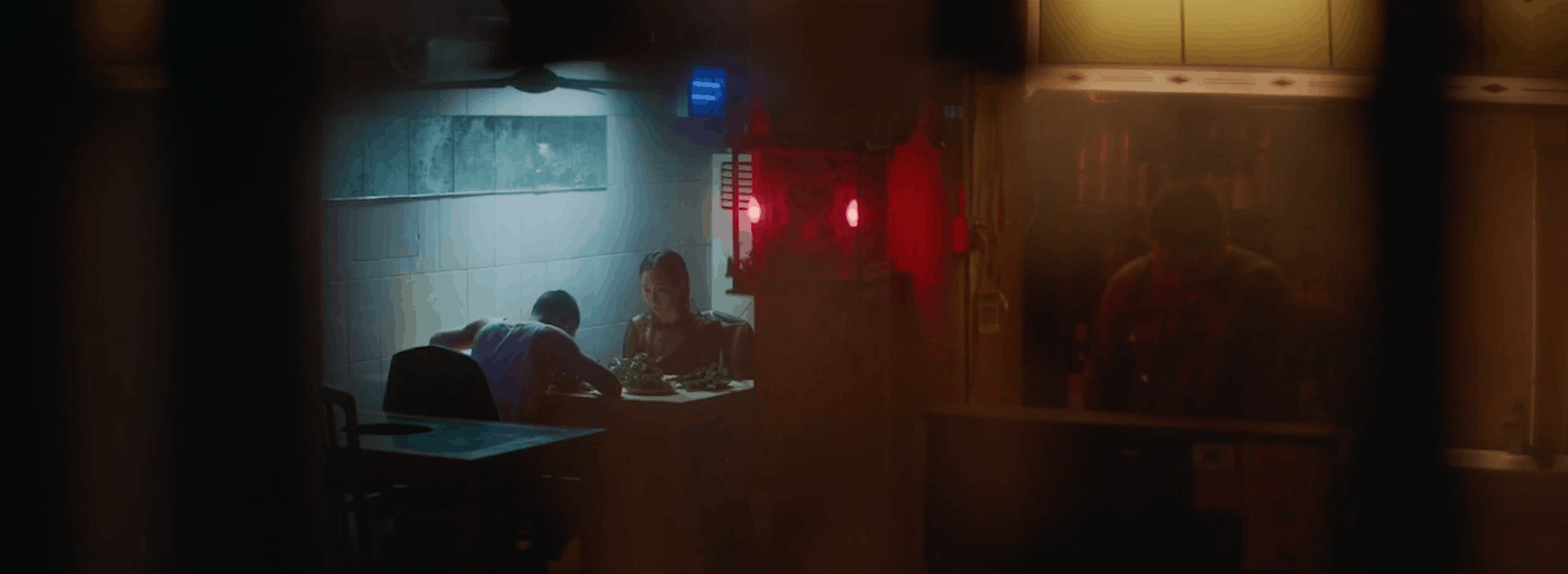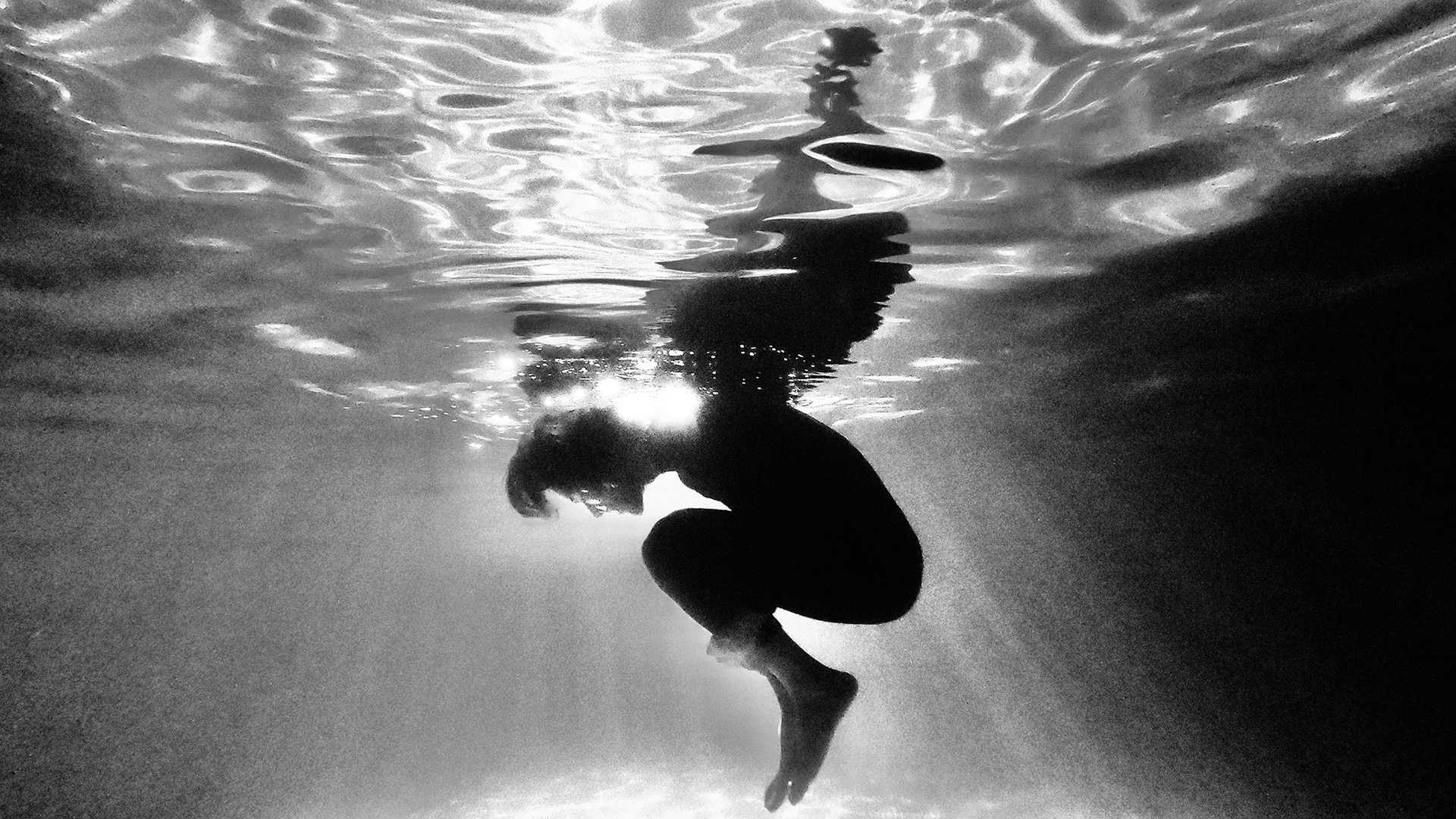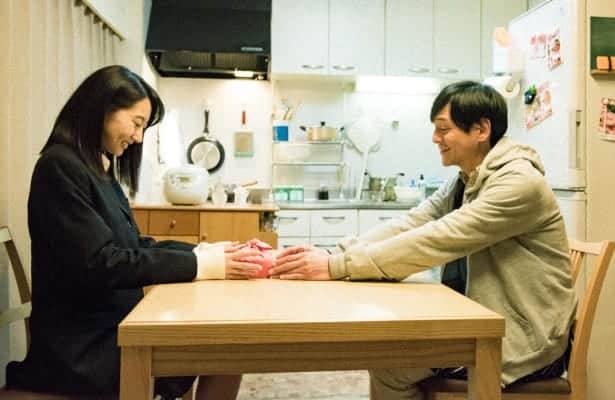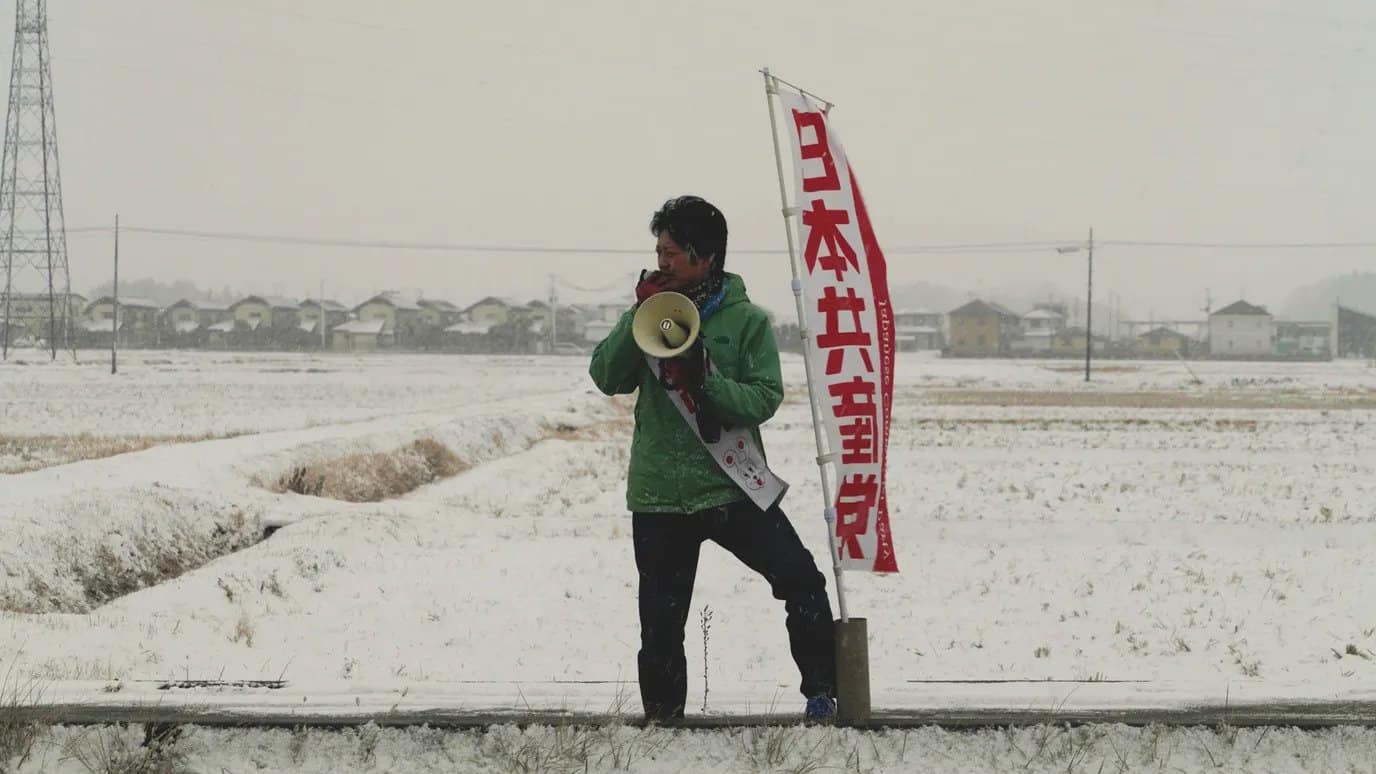Since 2013 Berlinale comprises a section – special series “dedicated to the cinematic storytelling of Indigenous peoples from around the world with a focus on a different region every two years […]” NATIVe – A Journey Into Indigenous Cinema. This year, the selection presented 16 films from the Pacific region. Among them, a Directors` Fortnight 2011 premiered “Busong” by Auraeus Solito (Kanakan-Balintagos).
Busong screened at Berlin Film Festival
Based on three Palawan folk tales passed to Solito by his mother, “Busong“ comprises of four losely linked stories. Busong means fate or karma in its absolute as well as very personal meaning (that is why “Palawan Fate” as an alternative international title), and it is not difficult to grasp that it, indeed, links the stories and its characters. Moreover, “Busong” manages to keep the distribution of voices/narrators so that it evokes a collection of memories.
The Myth of Angkadang and Punay, The Secret Name of the Stonefish, and Ninita and the Chainsaw come to life to be reincarnated into tales on the many powers of the Nature to cope with whoever disrespects it. They become a story that reminds of times and people living in harmony with the elements. Times and people that have faced many adversities from the new cultures and new ages and are on the verge of extinction. Traditions face modernities whether it comes to believes and religions, healing and modern (western) medicine, industrialization, the native faces imported.
Punay (Alessandra de Rossi) suffers from sores all over her body and is being carried by her brother Angkarang (Rodrigo Santikan) to a shaman. On the way, they meet different people following own quests yet still offer their help to the siblings. Ninita (Bonivie Budao) sworn to never allow harm to an Amingus tree in exchange for healing her injured ankle. Her husband (Walter Arenio) who chainsaws the tree down meets his destiny. Young fisherman (Dax Alejandro) uses his talisman and (successfully) asks for a stonefish to sting an obnoxious American but fails to save his son who disappears in the ocean. Last but not least, there is Aris (Clifford Banagale) who returns to Palawan to reconnect with his roots and ultimately become shaman.
The style focusing on the imagery of beautiful Palawan reinforces the links between the stories and their narrators and, in the same time, the main idea of the film. Despite a rather disturbing message, “Busong” is very tranquil in style. The cinematography of Louie Quirino has the capacity to stun whether we speak of the landscapes or of underwater takes. It suggests the well paced rhythm of the film and it is very easy to dive in the beauty. Sometimes it seems that Solito, Quirino and even the film`s editor Chuck Gutierrez dived a little bit too deep or just enjoyed the digressions too much.
“Busong” shows a talent of presenting a story of wisdom without lecturing, of presenting traditions without sliding into exoticism game; it is more about respect to one`s own heritage and perhaps nostalgia of childhood not that fairy tales. While being generally serene, some of its scenes, especially the final transformation of Punay`s sores, are just surreal and stunning. “Busong” might not be perfect, for some, it might even be too tranquil, but it definitely belongs to the films that might make you understand the critical fascination with art-house cinema.


